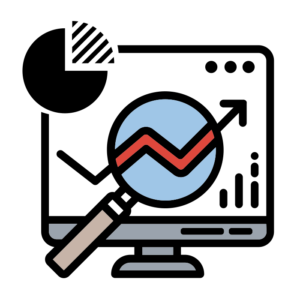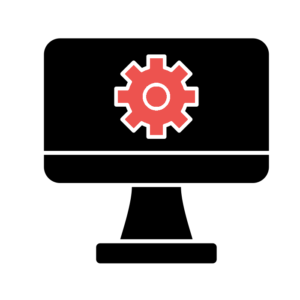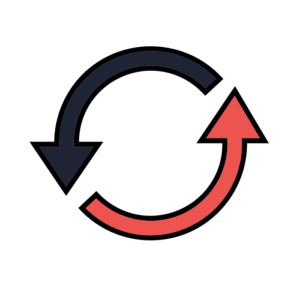Repricing tools are excellent solutions that will help you optimize your prices and try to maximize the conversion rate of your digital store. It is about automating techniques of pricing optimization that suggest competitive prices when doing a competitive product analysis between your goods and your competitors’.
However, repricing software does not only take into account the prices of your competition. It also considers aspects such as purchasing costs, current demand volume or product availability in stock.
Demand volume and stock availability
If a specific date or time of the year is coming (Christmas or Black Friday, for instance) when sales grow considerably, it will be necessary to increase your inventory in stock to supply all the entering demand. Having enough stock is crucial to offer more competitive prices, as it uses to happen that the less stock you have left, the more expensive the product gets.
Competitors pricing
It is essential to consider competitors’ prices when setting up any business strategy. Those values are useful not only to have a broader point of view of the current market situation or the average value for a particular good, but it is also beneficial to compare products, define your prices or get better purchasing costs.
Purchasing costs
All e-commerce stores want to make the most out of their possible profit margin and, at the same time, increase the number of sales. To optimize the prices of an e-commerce store is crucial to maximize this profit margin. At the same time, by comparing products with your rivalry’s, you will have the chance to get even more economical purchasing costs if your competitors set the prices way lower than yours.
How do repricing tools calculate the suggested price?
Fundamentally, repricing tools soak in the current information provided by the market, so that afterwards it can suggest an optimal price that adapts to the state of the market and still follow your strategic criteria. By “current situation” we refer to having the database continuously updated to offer a real insight into the market.
In most of the verticals, prices change quite quickly throughout the week or even throughout one single day. That is why it is so important to have an online price tracker that helps you automate the monitoring process and analyze prices so you can optimize your pricing strategy.
However, how do repricing software do that? Let’s put the example of an e-commerce store that wants to increase their sales number. First of all, you should analyze the market status so you can identify who are your direct competitors to compare products with.
Afterwards, your e-commerce has to define several rules or parameters that will regulate the suggestions made by the repricing tool. For example, you can indicate that all the products of a particular brand are 5% cheaper than the goods of a specific competitor. As well as all products from a certain category are equal or 2 euro less expensive than the goods of any particular competitor.
This feature, usually known as dynamic pricing, works very well when setting prices based on a competitive product analysis and the factors mentioned before. This way, repricing offers suggestions that, afterwards, you can accept or not depending on what you think its best.
Another striking feature of these repricing tools is the condition of protecting your profit margin. If you want your prices to lower but not to the point of losing benefit, you can block a minimum percentage of a profit margin, so you do not have to put it in risk.







